“20-20-20” Fertilizer: The All-Round Nutritional Meal for Plants
You’ve probably seen fertilizer labeled “20-20-20” on your balcony’s pothos, in your vegetable garden’s tomatoes, or in modern agricultural drip irrigation systems. It’s not some mysterious formula or a rigid agricultural rule, but a popular balanced, water-soluble compound fertilizer, hailed as a “multivitamin” for plants due to its balanced nutrients and ease of use.
So, what exactly does “20-20-20” mean? These three numbers represent the mass percentages of nitrogen (N), phosphorus (P₂O₅), and potassium (K₂O) in the fertilizer. That is, every 100 grams of this fertilizer contains 20 grams of nitrogen, 20 grams of phosphorus pentoxide (representing phosphorus), and 20 grams of potassium oxide (representing potassium). The remaining ingredients include dissolving agents, anti-caking fillers, and, in some products, additional trace elements such as iron, zinc, and boron.

This 1:1:1 ratio is called “balanced” because it simultaneously meets the basic needs of plants for the three major nutrients: nitrogen promotes lush foliage, phosphorus supports root and fruit development, and potassium enhances disease resistance and stress tolerance. For this reason, 20-20-20 fertilizer is particularly suitable for multiple stages of plant growth—such as the recovery period after seedling transplanting, potted plants that cater to both foliage and flowering plants, or as a safe and reliable universal choice when soil fertility is uncertain. It is also frequently used as a core component of basic nutrient solutions in hydroponics, hydroponics, or smart irrigation systems.
However, “universal” does not mean “always applicable.” Different crops have significantly different nutrient requirements at different growth stages. For example, leafy vegetables such as spinach and lettuce in their growth stage require high-nitrogen formulas (such as 30-10-10) to promote leaf growth; while peppers, strawberries, or roses entering the flowering and fruiting stage rely more on high-phosphorus and high-potassium fertilizers (such as 10-30-20) to improve fruit set and fruit quality. Using only 20-20-20 throughout the entire growing season may lead to nutrient imbalance, affecting yield or ornamental value.
Furthermore, several points should be noted when using 20-20-20 fertilizer correctly: First, always dilute according to the product instructions. Excessive concentration can easily cause fertilizer burn, especially in hot weather or on young plants. Second, long-term use as a single fertilizer may lead to deficiencies in medium-level elements such as calcium, magnesium, and sulfur, or certain micronutrients. It is recommended to rotate the formula regularly or supplement with a dedicated micronutrient fertilizer. Third, ideally, fertilize scientifically based on soil testing results to avoid indiscriminate feeding. Finally, store in a dry, cool place to prevent moisture absorption, clumping, or degradation of active ingredients.
In today’s global advocacy for green planting and precision agriculture, 20-20-20 fertilizer, with its high efficiency, cleanliness, and ease of use, has become an important bridge connecting traditional horticulture and modern agricultural technology. It reminds us that scientific fertilization is not about “the more the better,” but about “just the right amount.” Understanding and making good use of these general-purpose fertilizers can not only help grow healthier plants, but also reduce unnecessary waste of resources and environmental pollution for the planet.
Conclusion: Bridging Plant Nutrition and Modern Production
The 20-20-20 fertilizer exemplifies how scientific understanding of plant nutrition translates into practical agricultural solutions. Behind its balanced formula lies a sophisticated NPK manufacturing process that ensures precise nutrient delivery. In the manufacturing of NPK fertilizer, raw materials undergo granulation to form uniform pellets. Two key technologies dominate this stage: the rotary drum granulator, which uses a tumbling motion to create spherical granules, and the roller press granulator production line, which employs high pressure for fertilizer granules compaction. This fertilizer compaction process is crucial for producing durable, dust-free pellets that dissolve predictably. The complete NPK fertilizer production process integrates these machines with systems for mixing, drying, and cooling, while the fertilizer compaction machine ensures consistent particle size and density. As we advance toward sustainable agriculture, optimizing these production methods – alongside complementary processes like the organic fertilizer fermentation process – remains vital. The evolution of fertilizer production machine technology continues to support efficient, environmentally-responsible plant nutrition worldwide.
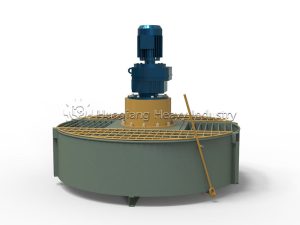

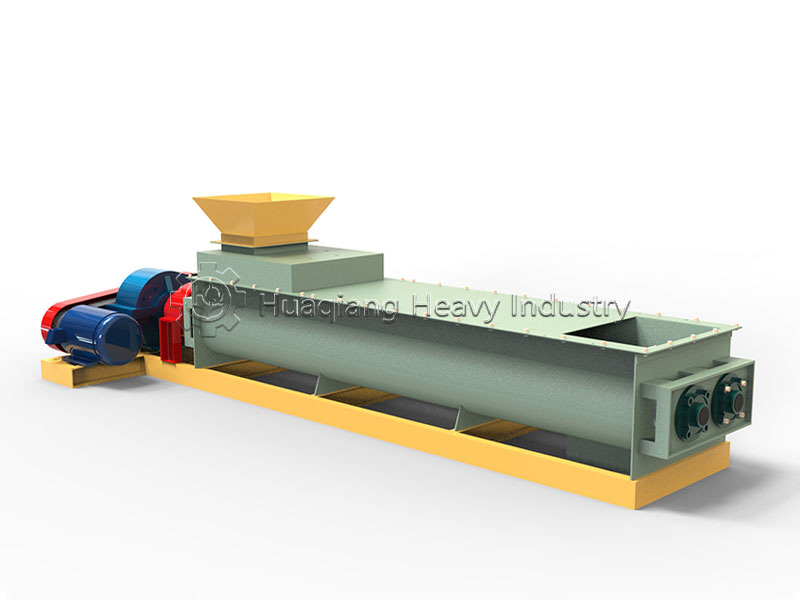

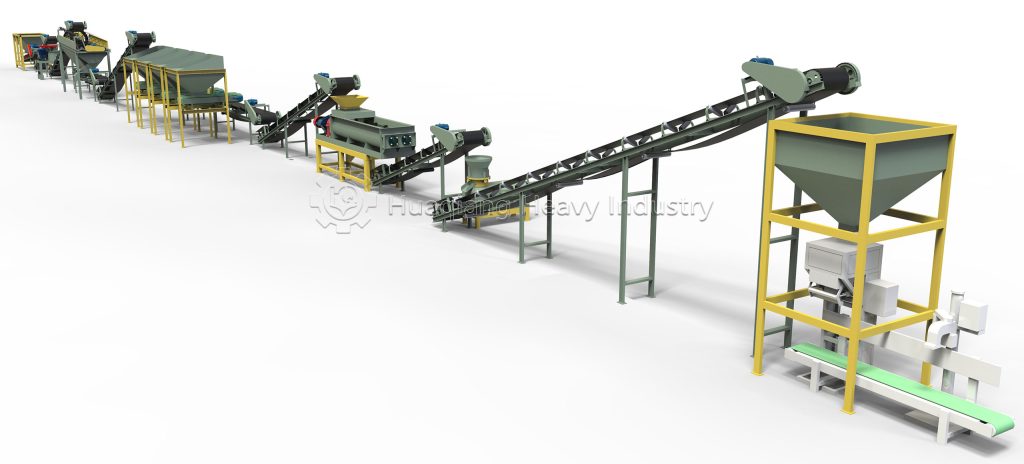
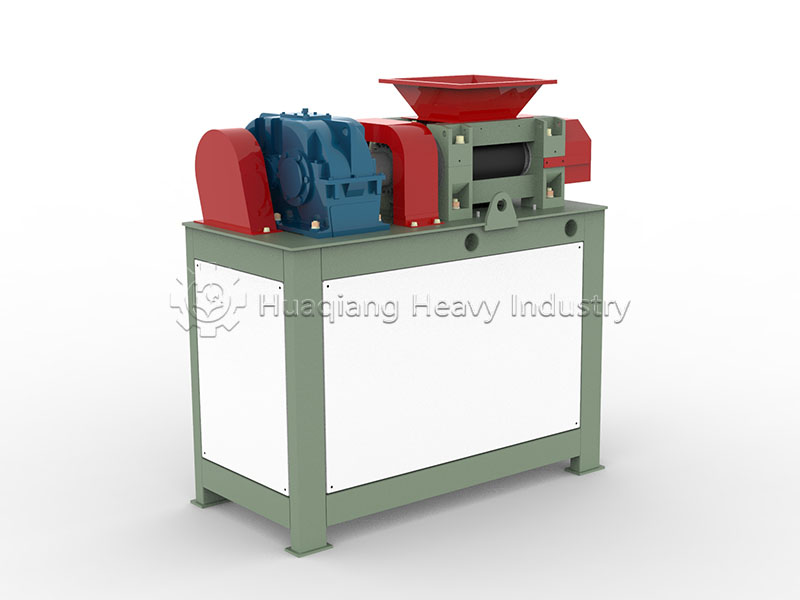


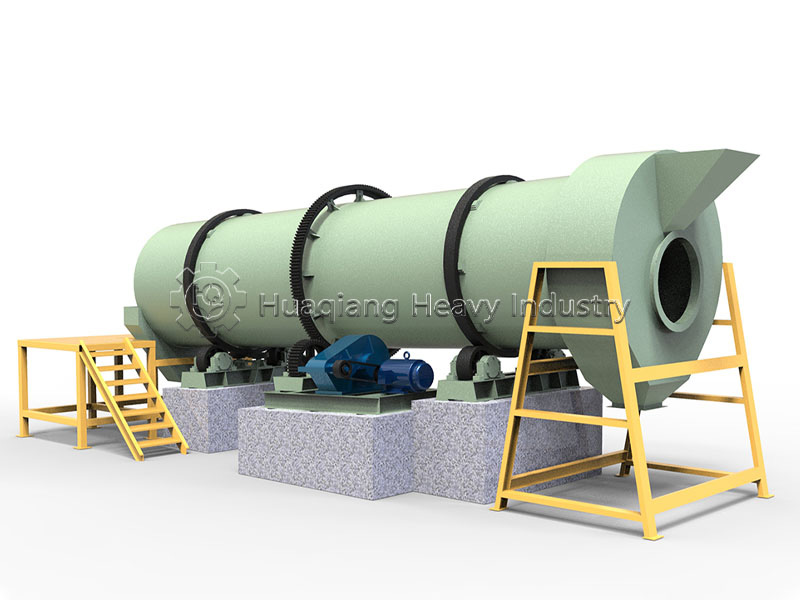
.jpg)